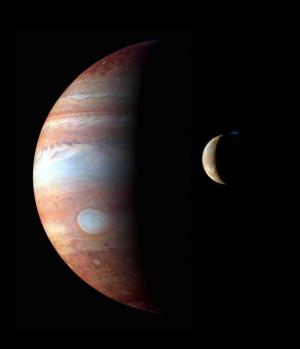OF THE
TIMES
We'll know our disinformation program is complete when everything the American public believes is false.
Absolutely no money laundering going on here....
Standup comedy. He's got a substantial repertoire of Russky jokes.
Pretty much my whole life, I've told people overseas that I'm not "American", I'm from Texas, and that Texas is not actually part of the U.S....
Insurance based on innuendo, great policy.
Are the kangaroos still running loose?
To submit an article for publication, see our Submission Guidelines
Reader comments do not necessarily reflect the views of the volunteers, editors, and directors of SOTT.net or the Quantum Future Group.
Some icons on this site were created by: Afterglow, Aha-Soft, AntialiasFactory, artdesigner.lv, Artura, DailyOverview, Everaldo, GraphicsFuel, IconFactory, Iconka, IconShock, Icons-Land, i-love-icons, KDE-look.org, Klukeart, mugenb16, Map Icons Collection, PetshopBoxStudio, VisualPharm, wbeiruti, WebIconset
Powered by PikaJS 🐁 and In·Site
Original content © 2002-2024 by Sott.net/Signs of the Times. See: FAIR USE NOTICE

Reader Comments
to our Newsletter